These 10 ‘national’ dishes aren’t as unique as you think
We carelessly associate certain dishes with a particular culture and cuisine, but they exist in many other places in very similar guise.
Pasta
Nobody disputes pasta is Italian: it was probably made by Etruscans in the fourth century BCE.
But mixing flour and water is hardly complicated cuisine, and many cultures have independently created the same thing. The Chinese were making noodles 4000 years ago.
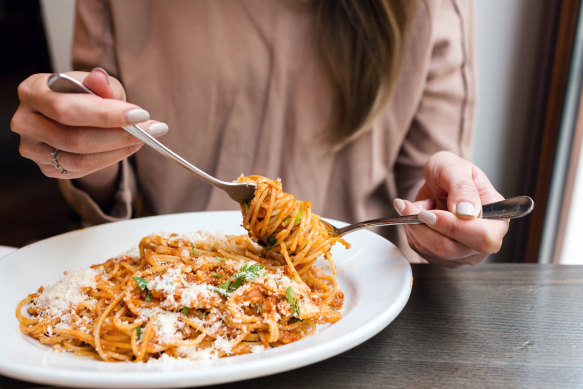
While pasta in undisputedly Italian, many cultures have independently created the same thing.Credit: iStock
Other equivalents include kesme in Turkey (which originated in Central Asia) and reshteh in Iran. Nations the world over have made pasta their own, such as the Philippines, which has a wide range of pancit (noodle) dishes.
Pizza
All over the world people make unleavened bread, then add toppings. In India chapattis are topped with curried vegetables, in the Middle East pita bread eaten with yoghurt and cucumber.
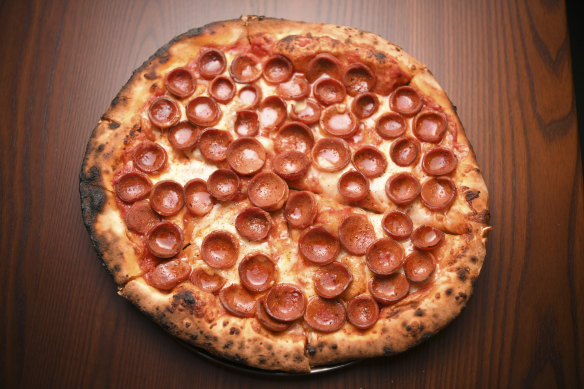
Sorry, Italy: People the world over make unleavened bread, then add toppings.Credit: Eddie Jim
OK, the base and toppings aren’t cooked together, but plenty of other examples are: tarte flambee from eastern France, lahmacun from Lebanon and Syria, pide from Turkey, which originated on the Black Sea coast.
Even Chinese street-food you bing “pancakes” are close kin to pizza.
Tempura
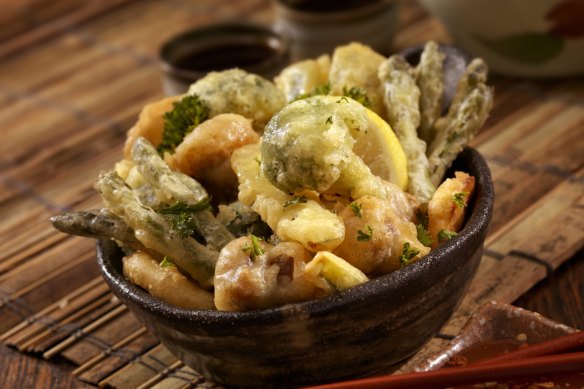
The Japanese get all the credit for this cooking style, which is not unique to Japan.Credit: iStock
The Japanese get all the credit for this cooking style, but there isn’t anything that unusual about battering and deep-frying various types of ingredients, particularly vegetables and fish. In fact, it was the Portuguese who introduced the technique to Japan in the 16th century – and Jewish Portuguese immigrants who launched fish and chips in England in the 1860s.
In India, pakoras and bhajis are much the same as tempura – and have been included in cookbooks for a thousand years.
Sauerkraut
Nothing more German than this sour, fermented cabbage dish, right? Wrong.
The name is the only German thing about it, since the concept likely originated in ancient Roman times and has equivalents across central and Eastern Europe.
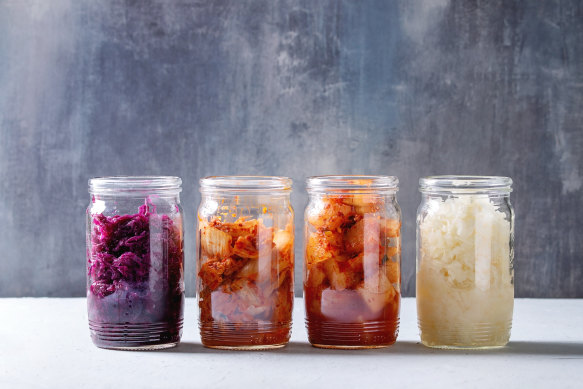
The only thing German about sauerkraut is the name.Credit: iStock
Pickling vegetables is widespread in other cuisines too, from Iranian and Turkish to Chinese. The most famous these days might be kimchi. It doesn’t have to be spicy, although kimchi does have a different texture to sauerkraut since it uses Chinese cabbage.
Apple pie
The expression “as American as apple pie” emerged in the early 20th century, when (obscurely) apple pies became associated with patriotism.
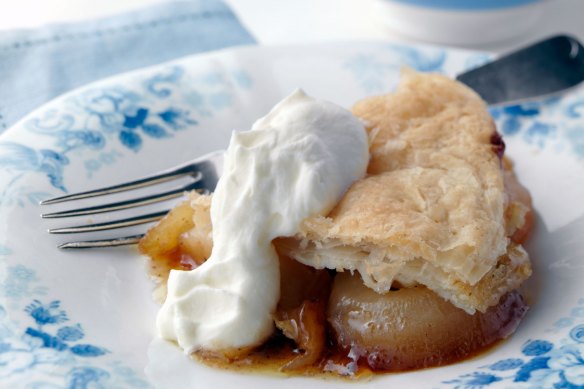
Apple pie: not so American.Credit: Alamy
Many other people must have been surprised to hear apple pie was American. Apple-pie recipes appeared across apple-growing European nations as early as the fourteenth century.
Apple pie is particularly associated with England, Sweden and the Netherlands. Variations include the tart (France), cake (Sweden again) and strudel (Austria).
Dumplings
Chances are dumplings bring to mind China, although the Chinese language has no overarching word for dumpling, using jiaozi, huntun (or wanton), baozi and others depending on the style.
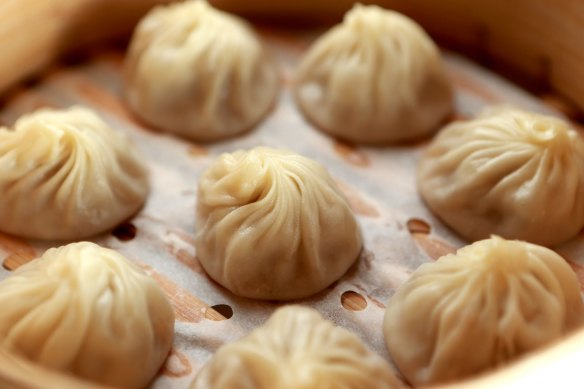
Dumplings are widespread across Eastern Europe, Scandinavia and Italy.Credit: Wayne Taylor
That should alert you to the sheer variation of filled, cooked dough. This simple culinary delight is found everywhere from West Africa to Brazil, Jamaica to Central Asia.
And while dumplings have faded from British and French cuisine, they remain widespread in Scandinavia, Eastern Europe and (as ravioli and tortellini) in Italy.
Samosas
The samosa isn’t originally Indian but came from Central Asia, where today you can snack on samsa, which are similar and often triangular shaped – but baked rather than deep-fried.
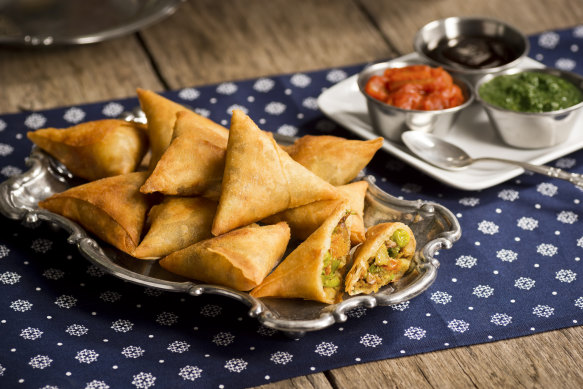
Indian samosas are not that different to Cornish pasties.Credit: iStock
Then there’s the Burmese samuza, which is often chopped into salad, the sambousek of Arab cuisine, South-East Asia’s curry puff, and the borek and its variants across the Balkans, Turkey and the Middle East.
And are samosas really that dissimilar to turnovers and Cornish pasties?
Schnitzel
The origin of the Wiener (or Vienna) schnitzel is obscure, but it emerged in the 1830s, likely inspired by cotoletta alla Milanese from northern Italy. But no matter, since schnitzel is hardly unique.
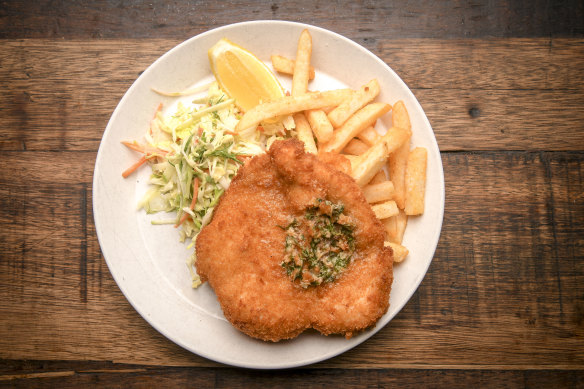
All variations of the schnitzel are likely inspired by cotoletta alla Milanese from northern Italy.Credit: Eddie Jim
Poland has its version (kotlet droboiwy), and France has the cordon bleu stuffed with cheese and ham – which probably originated in Switzerland.
Argentina has milanese layered with mozzarella, and Aussies have parmigiana, actually a 1950s American invention. And let’s not forget Japanese tonkatsu.
Ice cream
While it’s true that Europeans are responsible for the worldwide spread of ice cream, similar foods have been around for a very long time – since 550 BCE in Persia, for example.
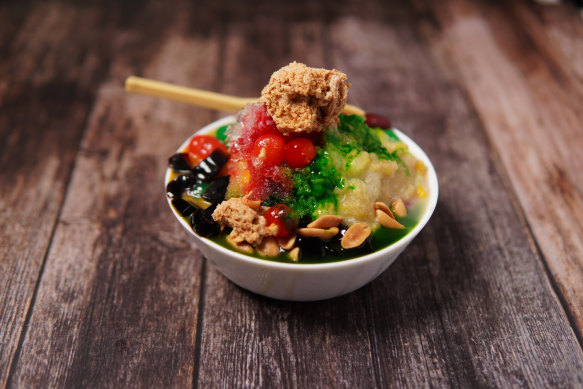
Malaysia’s ice kacang is a long-time variation on the ice-cream theme.Credit: iStock
Ancient Romans, Chinese, Japanese and 16th-century Mughals in India are among people who used shaved ice to produce sorbets and cold treats, and a 13th-century Syrian cookbook first recorded artificial ice making.
Indian kulfi, Syrian booza and South-East Asian ice kacang are today’s variations on the theme.
Nachos
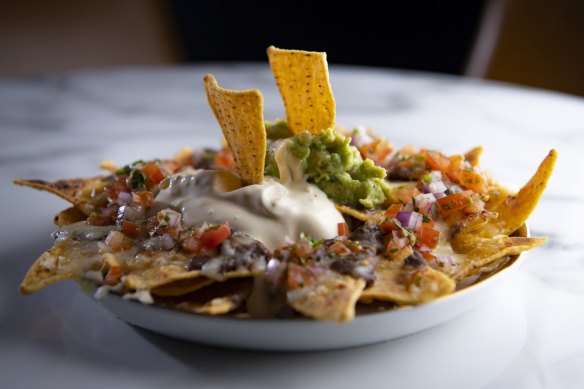
Nachos are a Tex-Mex creation dating from 1943.Credit: Wolter Peeters
Nothing more Mexican than nachos, eh? We imagine Aztecs must have eaten them since forever.
In fact, nachos are a Tex-Mex invention dating from 1943, although Mexico had earlier equivalents such as tostadas. Potato chips or crisps are older: they emerged in Britain prior to the early 19th century, when first described in a cookbook.
In the Caribbean and South-East Asia, other ingredients such as plantain and cassava are chipped, and the Indonesian prawn cracker is centuries old.
Sign up for the Traveller Deals newsletter
Get exclusive travel deals delivered straight to your inbox. Sign up now.